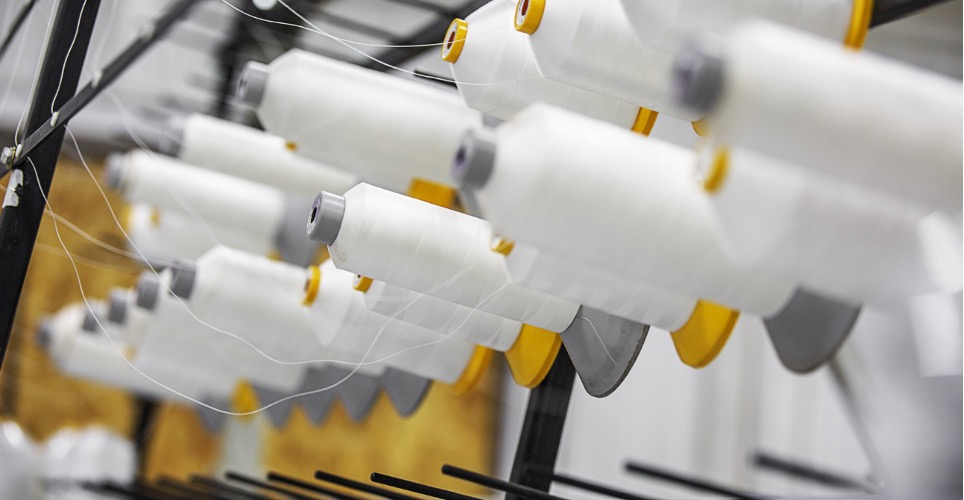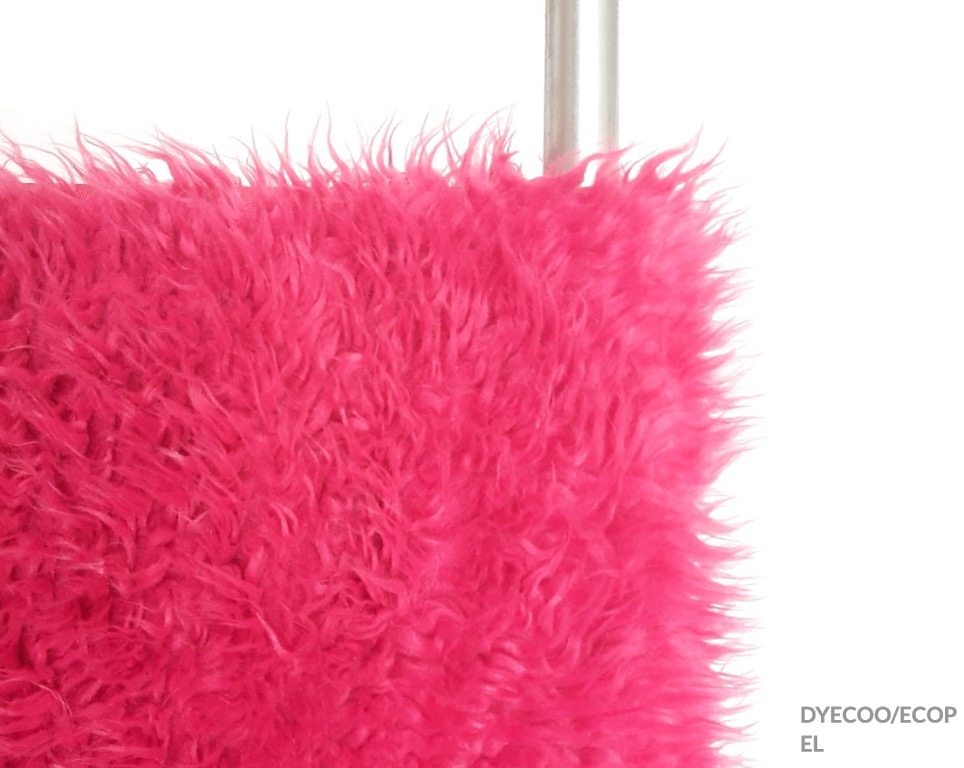
The fashion industry is at a pivotal juncture where it must significantly reduce its production and shift away from using virgin plastics like polyester to meet pressing climate goals. This is the key message from a new report by Textile Exchange, a trade group focusing on sustainable materials. In line with global climate commitments, fashion’s carbon footprint needs to be cut in half by 2030. Achieving this is contingent upon the industry’s willingness to decelerate and relinquish its reliance on new polyester production, which is deeply rooted in fossil fuels and has historically underpinned its growth.
Implementing such a change would fundamentally disrupt the prevailing business strategy of the fashion world. Polyester, known for its affordability and flexibility, is the most prevalent material globally, claiming more than half of the fiber market. The industry has seen polyester production grow to 63 million tonnes in 2022, which represents 54% of all fiber production worldwide.

What’s more, discarded polyester clothing is clogging up our landfills and releasing harmful substances. And let’s not forget, this prevalent synthetic fiber is a product of the petroleum industry… great, isn’t it?
Pioneering recycling and Innovative Materials
The fashion sector is called to urgently enhance its recycling capabilities, particularly by advancing textile-to-textile recycling. This includes delving into chemical recycling methods that preserve the quality of fibers. In addition, there’s a pressing need to explore groundbreaking materials such as biomaterials and those derived from sequestered carbon to diminish the influx of new products in the marketplace.
An example of this new direction is H&M’s collaboration in March with Vargas and TPG, which gave rise to Syre—a venture aimed at recycling polyester textiles on an industrial scale. This initiative indicates a significant move towards sustainability within fast fashion.
Such a strategic move towards recycling comes in the wake of a setback—Renewcell, a venture that had H&M’s backing and was concentrating on recycled viscose, unfortunately faced bankruptcy. This contrast highlights the dynamic nature of innovation and sustainability efforts in the fashion industry.

But innovation within the fashion industry does not present itself uniformly. A myriad of startups are at the forefront, proposing novel concepts and enhancing eco-friendly practices. A case in point is the result of a three-year joint effort led by Kering: Ecopel and DyeCoo have revealed a groundbreaking waterless dyeing process for recycled polyester fur, setting a new sustainability milestone.

Recycling is just one facet of the sustainability diamond. Patagonia’s venture into alternative materials is exemplary, with the 2023 autumn launch of the SugarDown line. These products feature outer fabrics and linings crafted from a bio-based polyester alternative derived from non-GMO sugarcane grown in Louisiana, marking a significant stride beyond conventional recycling.
Last September’s fashion runways showcased Boss’ commitment to sustainability with a Milan show featuring a trio of limited-edition jackets. These garments—comprising two trench coats and a bomber jacket—were constructed from an innovative fiber poised to serve as an alternative to polyester. This development is part of an ongoing strategic alliance between Hugo Boss and material innovation company HeiQ AeoniQ, which has created a cellulose-based yarn. This new material is not only infinitely recyclable and biodegradable but also boasts the ability to rival traditional, fossil fuel-derived textiles in terms of performance.

While there are glimmers of hope fueled by the dedicated efforts of fashion industry giants and their advanced research into alternative materials, often in partnership with startups, the overwhelming use of polyester remains a substantial challenge, particularly in the realm of fast fashion.
Legislation as a Catalyst for Change
A few months ago, the French National Assembly passed a groundbreaking piece of legislation proposed by lawmaker Anne-Cécile Violland. The law mandates an additional charge on fast fashion retailers, starting with a 5-euro surcharge on each garment and potentially increasing to 10 euros per item by 2030. The aim is clear: to significantly disrupt the sale and purchase of low-cost clothing that has a detrimental impact on the environment. However, the regulation is virtuous in intent; revenues from these surcharges will be allocated to managing the collection, disposal, and treatment of textile waste, as well as providing incentives to companies that embrace circular production principles.
This may well be the initial chapter of an extended and captivating narrative in the fashion industry’s sustainability saga, aptly titled “no more playing games”.
By Francesca Bisogno
- Textile Exhange (2023). Materials Market Report (p.57) https://textileexchange.org/app/uploads/2023/11/Materials-Market-Report-2023.pdf
- Ag, H. B. (n.d.). HUGO BOSS Group: Innovative, sustainable materials. ©️ 2018 HUGO BOSS AG. https://group.hugoboss.com/en/sustainability/product/more-sustainable-materials
- Guinebault, M. (n.d.-b). Ecopel and DyeCoo unveil recycled fur dyed without water. FashionNetwork.com. https://ww.fashionnetwork.com/news/Ecopel-and-dyecoo-unveil-recycled-fur-dyed-without-water,1524646.html
- Kent, S. (2024, April 11). What would happen if fashion were taxed like cigarettes? The Business of Fashion. https://www.businessoffashion.com/articles/sustainability/france-fast-fashion-tax-cigarettes-shein/





